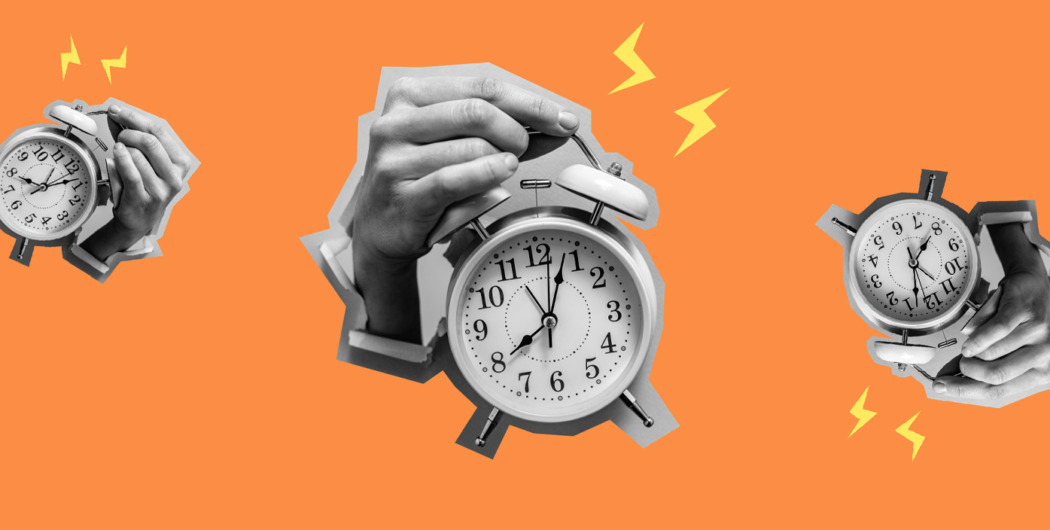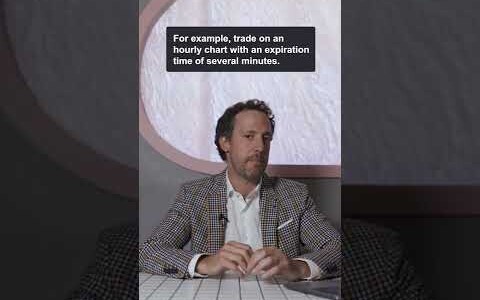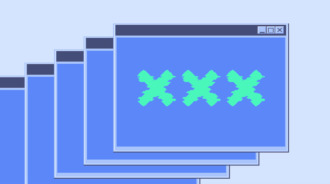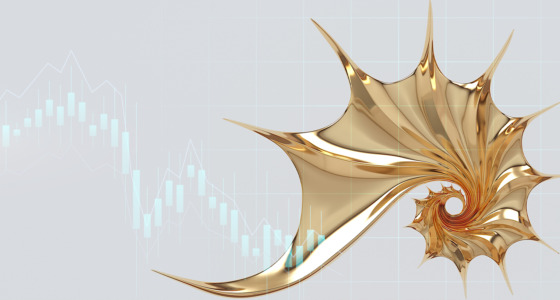

Traders have been theorizing about the best time to trade for decades. The theories, which sound more like movie titles than serious phenomena (Monday Effect, Week-Four Effect, January Effect), have been largely disproven. But to be fair, the day-of-the-week effect is true.
Single-day average abnormal daily returns are statistically significant, and the best day is Friday.
However, the best day and the best timeframe for trading are not quite the same. And since there is no hard evidence on which timeframe offers the highest returns, traders are left to speculate. Read on to see which timeframes are suitable for different trading styles.
Lower timeframes
Examples: M1 (1 minute), M5 (5 minutes), M15 (15 minutes)
Work best for: scalpers, intraday traders
Average holding periods: 15-20 minutes, 40-50 minutes
Generally, there are more opportunities available on lower timeframes, which means you can gain experience and see the results of your actions fairly quickly. Keep in mind that there are big differences between shorter periods — for instance, with 15-minute charts, you’ll have more time between data points than with 1-minute intervals.
Because any intraday trading timeframe is fast-paced in nature, this style is associated with more stress. You might feel the constant pressure to make the right decisions. Perhaps you get emotional seeing returns and losses come and go in a short amount of time. Scalping is not for everyone, after all.
Intermediate timeframes
Examples: H1 (1 hour), H4 (4 hours)
Work best for: intraday-swing, swing traders
Average holding periods: 8-10 hours, 32-40 hours
Many beginners may find that a longer day trading timeframe works better for them. H1 and H4 are generally considered neither too short-term nor too long-term, leaving more time to make decisions but also offering numerous opportunities to trade. Besides, there is a good chance of working off candle combinations, which means a good amount of practice regarding technical analysis.
Medium-paced trading is less emotionally intense. This trading style is more time-consuming, though. You will be able to assess the situation only after the closing of another candle, which would take a whole hour or more.
Higher timeframes
Examples: D1 (1 day), W1 (1 week)
Work best for: swing, position traders
Average holding periods: 8-10 days, 8-10 weeks, 8-10 months
Here, price movements take much longer to develop, offering even more time to determine the merits of a given trade and identify any possible drawbacks. If you’re looking for a low-frequency, consistent timeframe for share trading, it’s probably between D1 and H1. There are also monthly timeframes, although they are used much less frequently.
Also, longer timeframes offer more room for calculated risks. As the average range movement is bigger, wider targets should compensate for a wider stop loss.
The main disadvantages are that you’ll have to wait for a long time before your trades materialize and that there will be fewer favorable entry points for trades.

Multi-timeframe analysis
Some traders use multiple timeframes to detect trading opportunities. In other words, they monitor the same asset (stock, currency pair, etc.) across different charts.
There is no single most popular timeframe used for trading, but there are popular combinations, such as trading on a 15-minute chart, while using a 4-hour chart to filter and confirm trades. Ultimately, you have no limits on the number of timeframes you can use. But if you’re not at an advanced level, it’s better to stick to two-three charts per trade. Besides, you may find that using more timeframes provides redundant analysis.
To select the correct timeframe for three periods, some follow a “rule of four.” First, you determine a medium-term period, which is roughly how long you plan to hold the trade. Then, your shorter and longer periods will be calculated as one-fourth of or four times greater than the intermediate period, respectively. For example, for an H1 intermediate chart, you can use M15 and M240.
This can be a great exercise to find your way around different chart periods.
Summary and comparison
The table below might help you pinpoint your perfect timeframe for trading. Please bear in mind that these are typical characteristics and you may have a different experience trading on these timeframes.
| Pace | Position size | Focus | Capital requirement | |
| Lower timeframes | Quick | Large | Highest | Lowest |
| Intermediate timeframes | Steady | Smaller | High | Higher |
| Higher timeframes | Relaxed | Smallest | Lower | Highest |
If you’re still unsure which one to go for, consider trading different assets on different timeframes. You will either see which one you like more or continue combining them without having to choose either one.
***
Want to know more about the timeframe and how to balance it with the expiration time? Thankfully, Tony is here to explain! Check out a video.

Tony is a financial analyst of the Binomo team. He is a trader with many years of experience in the market. Tony is the face of our YouTube and Instagram channels and is doing everything to help traders achieve new heights.









